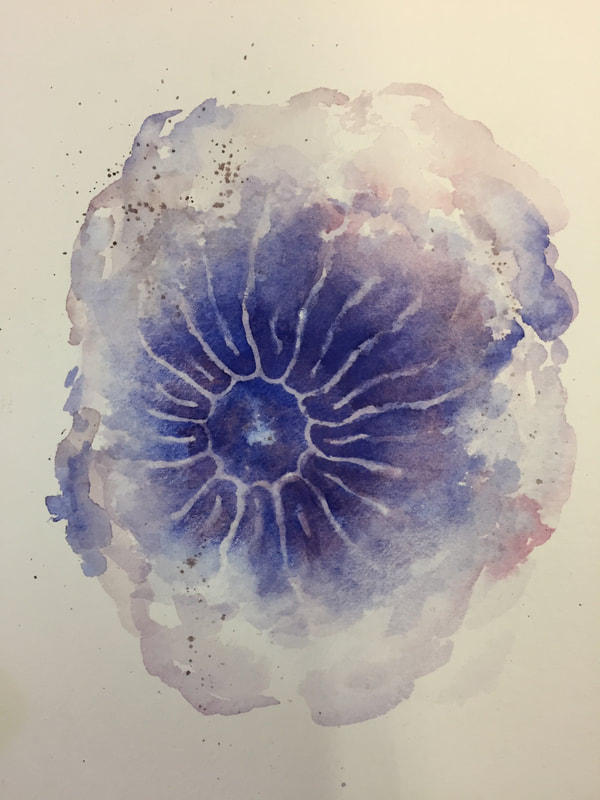|
Left: rhododendron, an exotic shrub which threatens the very survival of Killarney's oak forests, is burned for charcoal in Post Colony, a complex artwork exploring history and culture in environmental issues by Gareth Kennedy. Photo: Brian Cregan. Right: one of Eoin Mac Loclainn's bluefire jellyfish paintings at Dublin's Olivier Cornet Gallery, in a group show inviting artists to respond to climate change; these jellyfish are turning up on Irish beaches increasingly regularly as the sea warms, and may displace native species. My most recent environmental article in The Irish Times:
You might easily think that the names of the two template image shapes on smartphone cameras – portrait and landscape – were coined for the digital era, though they were already familiar to anyone who worked in publishing before the micro-chip changed everything. And indeed, these twin concepts of portrait and landscape reflect two fundamental categories of visual art. You could even say they go right back to the moment our species developed art in the first place. Early cave art, in Europe at least, mostly featured animals, often arranged as if in a landscape. Cave artists also proclaimed individual human identity, through hand prints that we might consider the first portraits. And as art developed, most cultures maintained this dual focus, on portraits of people, and portrayals of landscapes. And often of both at once, with varying relationships between the two. In The Harvesters, Dutch painter Bruegel the Elder celebrates the human labour that transforms a diverse natural landscape into highly productive if monotonous wheat fields. Henry Raeburn’s Sir John and Lady Clerk, which hangs in the National Gallery on Merrion Square, exudes the pride of individual ownership of vast tracts of parkland, where nature has been tamed for safe recreation. In our own times, artists have been trying for decades to engage in new ways with our heightening awareness of rapid and potentially catastrophic environmental change, generated by our own actions. And this unprecedented crisis requires us to think about the interaction between humans and the environment – between portrait and landscape, if you like – in radical new ways. This article first appeared on Saturday March 17. You can read the whole article here
0 Comments
|
Articles & BlogArticles on the environment; Spanish, Catalan and Basque politics; travel; culture; and other subjects; interspersed with personal reflections and images Archives
October 2022
Categories
All
|


 RSS Feed
RSS Feed